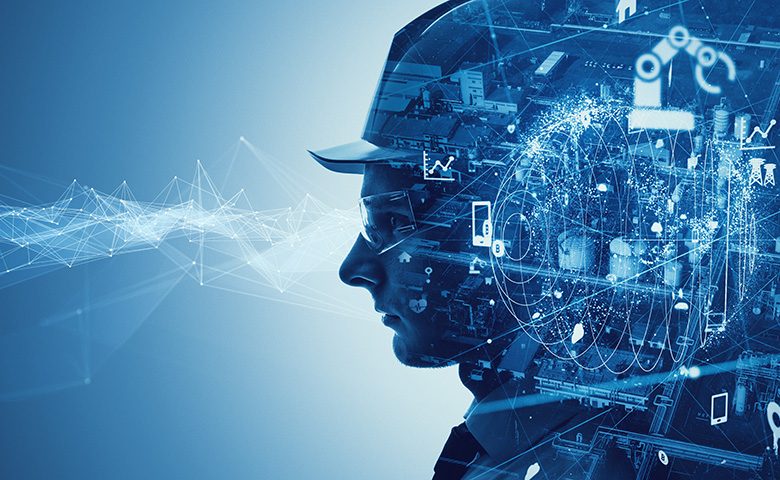In a world where smartphones, smart cars and even smart appliances are the norm, it was only a matter of time before the safety industry made strides in the development and availability of smart PPE options. Smart PPE connects to the internet, Bluetooth and other devices to deliver real-time safety information. As with all technology, smart PPE has come a long way over the last decade.
Think of it as PPE that not only protects against hazards, like traditional PPE, but also collects important data, automatically adjusts to internal and external conditions, and can send notifications directly to the wearer. And on the business side of things, it can also help reduce costs, prevent injuries, and improve worker productivity.
Realistically, you won’t see workers fully outfitted in wearables in the near future, but the impact of smart PPE is something that all companies should consider. Since PPE is the last line of defense, the expectation is that it will protect the wearer when all other protective measures have failed. But what if it could be part of your offensive plan too?
Here is a breakdown of the benefits that smart PPE offer:
Head protection
Traditional head protection (hard hats) can defend against the most common workplace head injury causes like being struck by a tool, a piece of equipment, or an object on site. With smart PPE, an “e-hat” can deliver more than just protection for your noggin. Smart location devices are increasingly popular in the mining industry and an “e-hat” can help keep tabs on employees’ locations in industries where location tracking is vital.
Ear, eye and face protection
Ear, eye and face protection can do more than simply cover those appendages. An in-ear device can provide two-way audio communication, and face masks can help workers communicate in loud or low-visibility settings. For example, firefighters have masks available with thermal imaging in-mask displays to help them identify the hottest part of the scene and display the relative temperature when conducting search and rescue and risk assessment. Hearing protection can also gauge noise decibels to notify the user of what noises are considered dangerous. Drowsiness detection glasses are a form of eye PPE that can help monitor fatigue to alert the wearer when they reach dangerous levels of tiredness. This can help by detecting microsleeps (nodding off) in drivers and alerting them before an incident occurs.
Protective clothing, footwear
Light-emitting clothing provides visibility in dim-lit work environments or during emergencies. Smart PPE can go beyond reflective strips with sewn-in electronic components that exude more light. Devices attached to clothing can detect levels of gas, chemicals, heat and UV radiation. Most people are familiar with wearable devices like smartwatches that can track fatigue and let you know when you should go to sleep/how much sleep you need to reduce fatigue impairment, etc. Wearable devices are also capable of tracking heart rate, hydration and core body temperature, and certain articles of clothing will detect/provide additional heating/cooling for workers that work in extreme temperatures. There are also safety shoes that will vibrate if the wearer is still for too long. Workers can cancel the alert if they’re OK, but if the user doesn’t respond, an alert is automatically sent for help.
This list only scratches the surface of smart PPE’s capabilities. The power of technology helps detect emergencies in a variety of ways and can offer all sorts of information and other help to the wearer. For workplaces looking to take a proactive approach to safety, smart PPE is a great option. The next time you invest in PPE to make your employees safer, consider the added value of smart PPE and get ahead of the curve.

